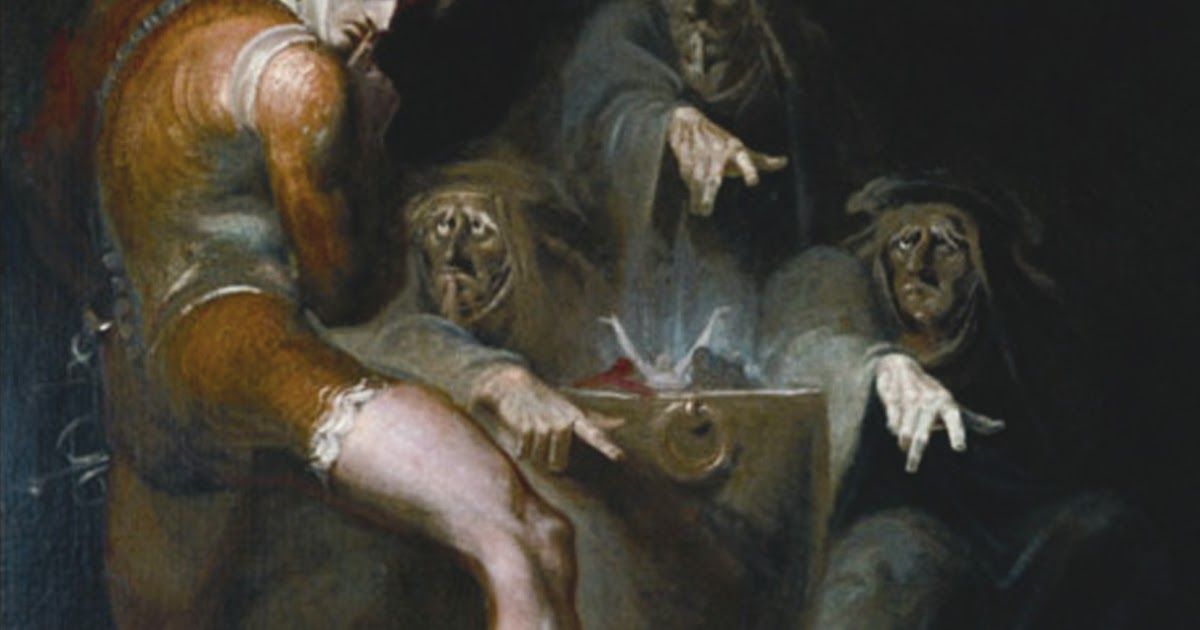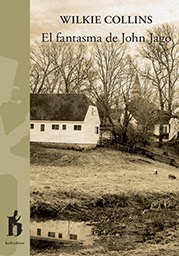
Idioma original: english and french
Year of publication: between 1773 and 1836. As an anthology of stories, 2012
Translation: Marian Womack
Valuation: recommended for interested
Since Halloween is approaching, let’s go with other characters (I should call them “entities”, rather) emblematic of the supernatural world and, depending on the case, terrifying. Especially popular for dressing up, too, because of how simple it is: just poke a couple of holes in an old sheet, and on and on… (if you don’t believe me, watch the movie). A ghost story…interesting, on the other hand). I’m talking, of course, about ghosts. But from any ghosts, from a novel pulp or Disney film, but one of those who imagined a whole series of writers from the seminal era of the horror genre, The lovers of the macabre and the flying buttresses, the dark and the pointed arch… the gothic ones. Not the ones who wear black with piercings, but the ones who wrote (more or less) scary things about two hundred or so years ago.
Because first of all, I warn you: the important thing about this compilation of stories written in the 18th century and the first half of the 19th century is not the title, Walking with ghosts -although ghosts, there are them-, but the later epigraph: Gothic tale anthology. I mention it because this is the link between all of them, their belonging to a literary trend that occurred between the two centuries mentioned (although with ramifications and subsequent influence that lasts until today), more than the fact that they are stories. of specters, because the fact is that not in all the stories gathered here do these supernatural apparitions appear – yes in many – but in others the terrifying ingredient, so to speak, is simply entrusted to the macabre, but not necessarily to something from beyond. Allow me, in this regard, to reproduce here the words of the book’s prologue writer, David Roas, who so I don’t have to work They are much more relevant than mine:
“A quick list of the main features that characterize the Gothic novel reveals the important dimension of the terrifying and the macabre in this type of stories: ghostly apparitions and other fantastic phenomena, crimes and bloodthirsty actions of all kinds (from unbridled sadism to necrophilia, through rape), terrifying mysteries (which do not always have to lead to the supernatural); curses, moans, murmurs, screams, squeaks and other disturbing sounds; what we could call the ‘terrifying architectural’ (closed and threatening spaces, usually in ruins, like castles)…“
To which I add, if I may (something will have to be said), a soap opera overdose of overflowing passions – amorous and of all kinds -, family secrets, encounters and disagreements, told in an emphatic, convoluted and, at times, style. , excessive. The usual thing at the time, wow…
A lMost of the authors who appear in this collection of stories, however, are no longer known even at home at Ouija time. Some do, however, here we find, for example, a story by Lord Byron, no less –The burial (1816), about a trip that the protagonist makes with a certain August Darvell through Ottoman lands… of course-; another from her friend and today even more famous Mary Shelley, The dreamfrom 1832 (no, it is not about a scientist who dreams that he creates a monster out of corpses, but about a difficult love story during the reign of Henry IV, between a Catholic countess and the son of a Protestant enemy); also from the author of lqa which is considered a masterpiece of Gothic, Melmoth the Wanderer, Charles Maturin, here with Leixlip Castle (1825), set in 18th century Ireland and which has a metafictional point, telling us a story within another story within another story… or William M. Thackeray, who, by the way, wrote the story that I liked the most in this compilation, the very funny The devil’s bet (1836), full of very British humor about the vicissitudes of Sir Roger Rollo’s soul.
Another hellish trip isn’t bad either, The expedition to Hell (1936), by James Hogg, which tells us the dream of the Edinburgh coachman George Dobson, in which he takes some clients to the Underworld or the anonymous one from 1819 macabre dancea Brothers Grimm-style tale in which a magical piper performs a “dance of Death.” Although the number of stories collected in the book amounts to eighteen, I will mention here only one other that I found very curious: Andreas Vesalius, the anatomistby Petrus Borel (1833) in which the famous 16th century scientist has to face the wrath of the always traditional people of Madrid, suspicious of his sinful scientific practices.
Anyway, if what you are looking for is a good portion of ghosts, ruins of the greatness of another time, exacerbated romanticism, macabre moments, surpassed characters, passions and feelings taken to the limit… you can spend a little time on Twitter… sorry, X or read this book. I advise you the latter; You will win in culture, entertainment and you will not make the centurion of its owner earn money.
Source: https://unlibroaldia.blogspot.com/2024/10/vvaa-paseando-con-fantasmas.html


